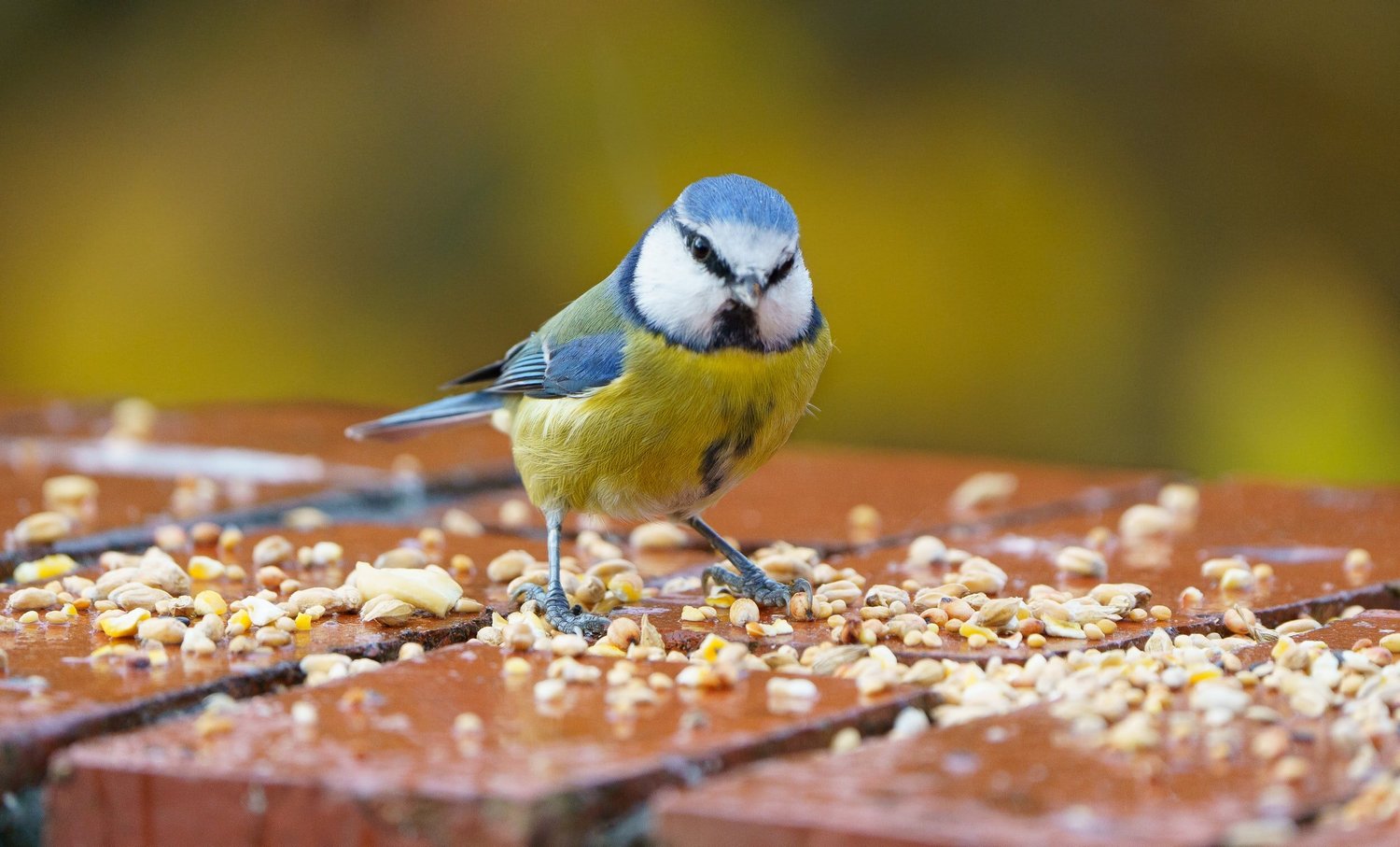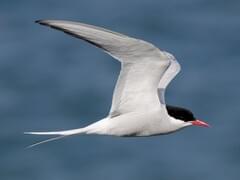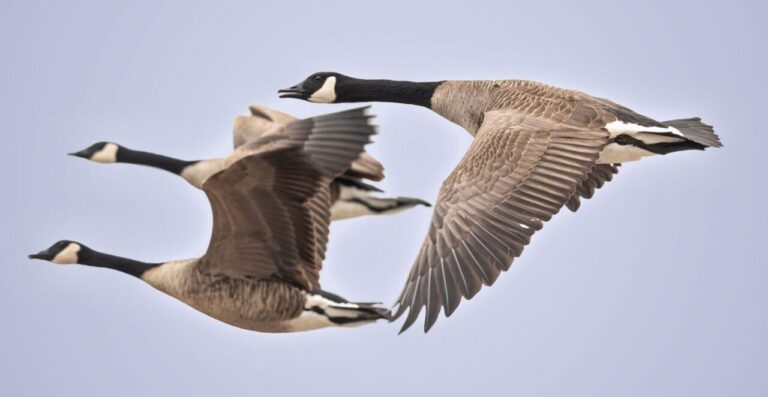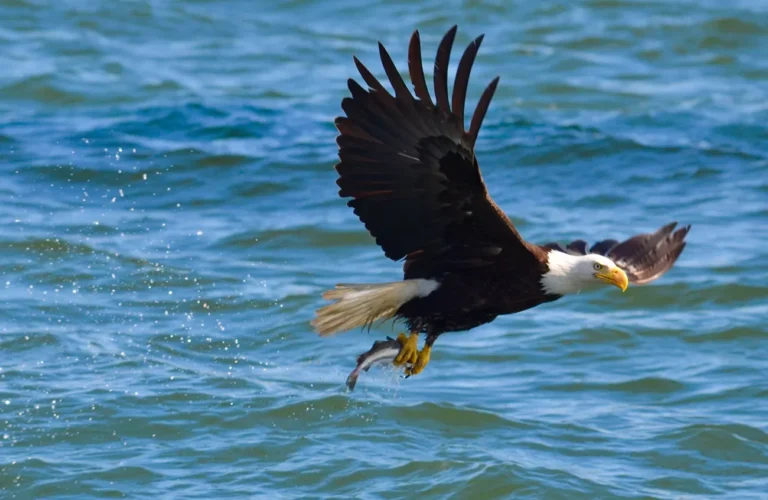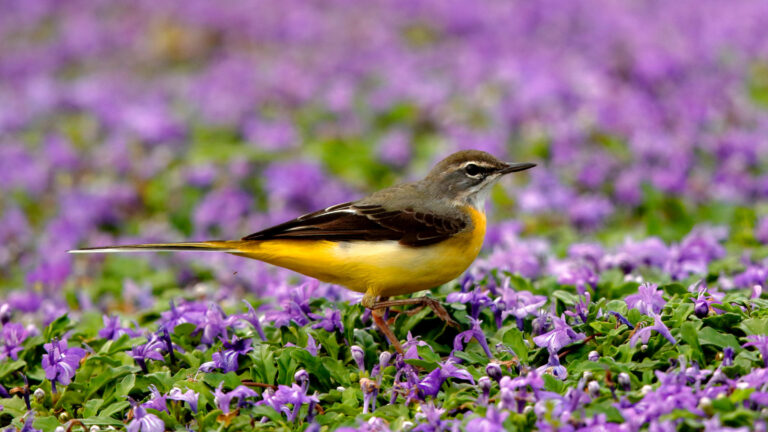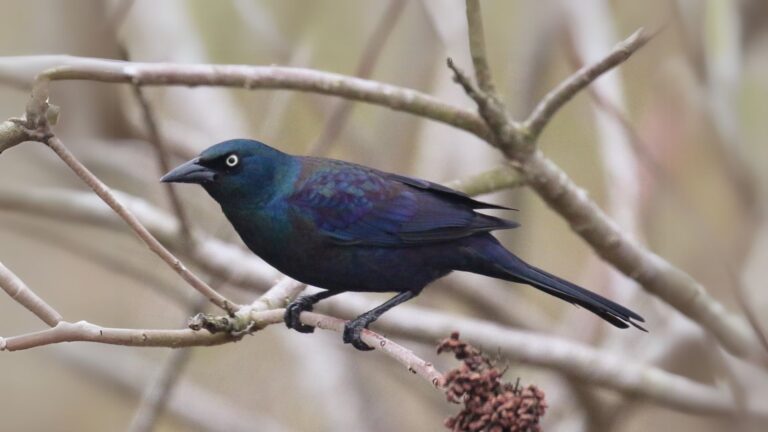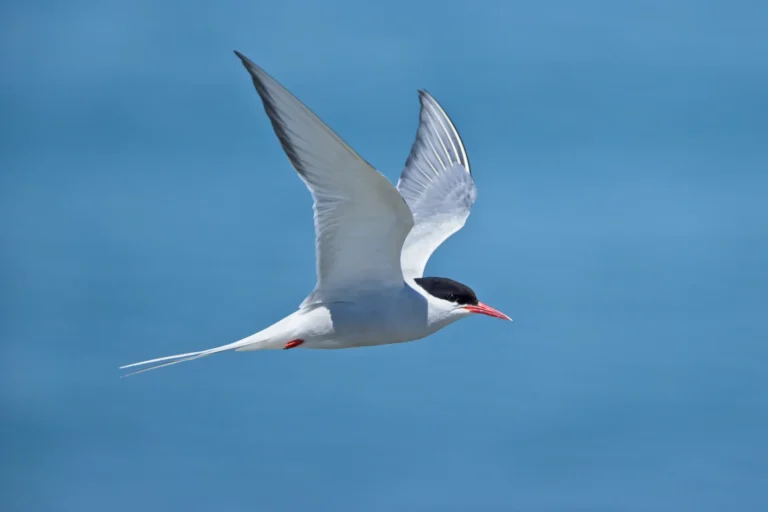Cracked Corn: A Delicious & Nutritious Treat for Your Feathered Friends
Cracked corn is a go-to option for folks who want to feed wild birds in their backyard. It’s a simple, affordable food that draws in all sorts of birds—doves, jays, sparrows, you name it. Smaller birds especially go for it since it’s way easier for them to handle than whole kernels.
Plenty of bird lovers toss out the corn because it’s quick to serve and brings more ground-feeding birds to the yard. Still, you’ll want to avoid dumping out too much, since that can end up attracting pests or other critters. Used in moderation, it fits nicely into a regular bird-feeding routine.
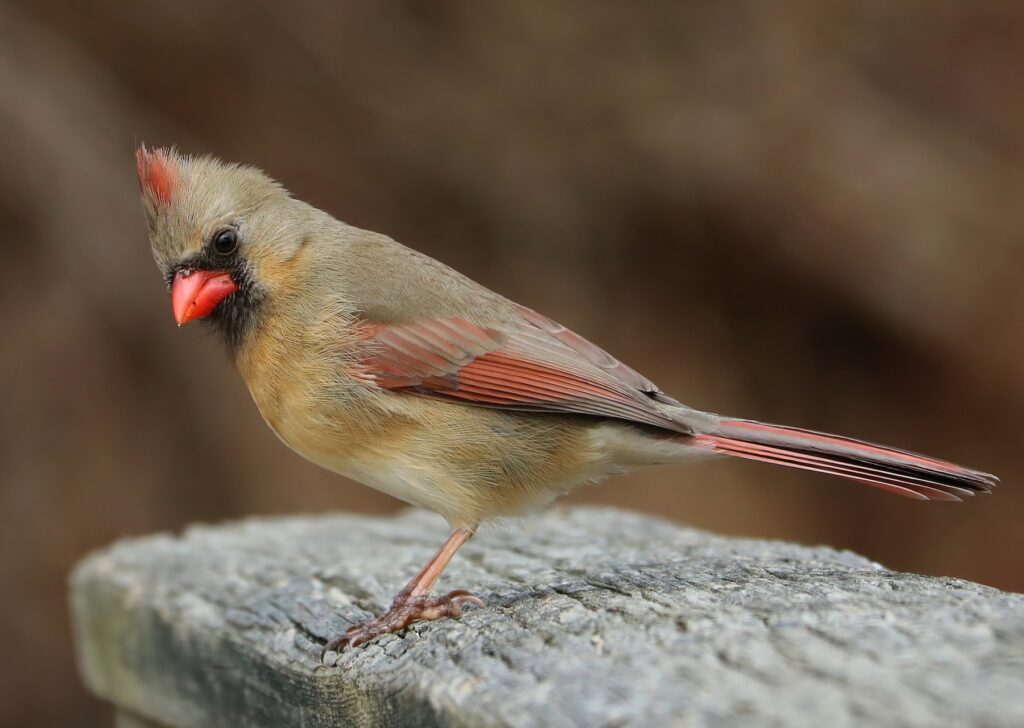
Key Takeaways
- Cracked corn is a familiar bird food for lots of backyard species.
- It gives smaller birds an easy-to-eat option.
- Using just enough helps bring in birds but keeps problems away.
What Is Cracked Corn?
Cracked corn is a staple feed for wild birds. People like it for its small size, versatility, and the nutrients it offers. Backyard birders use it most for ground-feeding birds.
How Cracked Corn Is Made
To make cracked corn, producers take whole corn kernels and run them through a grinder until they break into smaller bits. Birds have a much easier time eating these pieces than whole kernels.
Before cracking, bird food makers clean the corn to get rid of dust and debris. Cleaned, cracked kernels are safer and more appealing for wildlife. Birds like sparrows, doves, and jays can easily peck at these smaller pieces.
Most of the corn’s nutrients stick around through the process. Cracked corn’s dryness also helps it store well and keeps mold away, which is great for feeding birds in all sorts of weather.
Nutrition and Guaranteed Analysis
This feed packs mostly carbohydrates, with a bit of protein and fat thrown in. Here’s a typical guaranteed analysis for bird feed:
| Nutrient | Minimum (%) | Maximum (%) |
|---|---|---|
| Crude Protein | 20 | 25 |
| Crude Fat | 20 | 40 |
| Crude Fiber | 12 | 30 |
Carbohydrates give birds quick energy to fly and keep warm. The protein helps with muscle growth and repair. There’s some fat, too, which birds use for energy reserves.
Corn has a few vitamins and minerals, but not as many as specialty bird seeds. Since it’s not a complete diet, most folks only offer a little at a time. That way, birds get variety and you don’t end up with a yard full of squirrels or raccoons.
Types and Forms of Cracked Corn
You’ll find it in a few different forms, depending on how fine the grind is and what it’s meant for. The main types are:
- Coarse: Chunky pieces for bigger birds like jays or ducks.
- Fine: Smaller bits that work better for finches and sparrows with tiny beaks.
Some people buy it straight, others get it as part of a mixed bird feed. Bags might say they’re for wild birds, poultry, or just “animal feed.” Check the label for the guaranteed analysis and any feeding tips. Mixing different grinds or blending cracked corn with other seeds makes your backyard buffet more appealing to a range of birds. Want more on serving and handling? There’s some good advice here: serving cracked corn for birds.
Benefits and Use of Cracked Corn for Wild Birds
Cracked corn is affordable and draws in a surprising variety of wild birds. Backyard birders often use it to attract new species or help local birds out, especially when it’s cold or natural food is scarce.
Popular Bird Species That Eat Cracked Corn
Quite a few birds are fans of cracked corn. You’ll see doves, sparrows, blue jays, and cardinals stopping by. Sometimes woodpeckers and blackbirds join in too. Most of these birds feed on the ground and look for food on open surfaces.
Doves and sparrows especially like cracked corn because the kernels are already broken up for them. Bigger birds like blue jays and cardinals will eat it too, especially if you mix it with other seeds.
Finches and other tiny birds don’t usually go for cracked corn—they’ve got softer beaks. But a lot of wild birds, especially those that stick close to the ground, will take advantage of it whether you’re in the suburbs or out in the country. Curious about which birds like cracked corn? There’s a list for that.
Feeding Methods and Feeder Types
How you offer cracked corn makes a difference. Platform feeders or simple trays low to the ground work best. Some folks just toss small handfuls right on the ground—birds seem to love that natural approach.
A quick table comparing feeder types:
| Feeder Type | Best For | Placement |
|---|---|---|
| Platform Feeder | Doves, Sparrows | Low or ground-level |
| Tray Feeder | Jays, Cardinals | Table or ground height |
| Ground Scattering | All ground birds | Open yard/garden soil |
Stick to small amounts. Big piles can draw in rodents or squirrels, and if the corn gets wet, it can spoil fast. Clean up feeders or the ground now and then to keep mold and disease at bay. There’s a handy cracked corn guide if you want more tips.
Selecting and Purchasing Cracked Corn
When you’re shopping for cracked corn, stick with brands that offer clean, dust-free kernels. Most bags show the weight—think 10 lb or 20 lb—and some will include a manufacturer number if you want to reorder later.
Garden centers or busy stores usually have fresher stock. If the corn smells musty or you spot mold, steer clear—cracked corn can pick up toxins like aflatoxins, and nobody wants that.
Picking up packages in stores lets you check for damage right away. If you’re buying online, take a look at reviews before clicking “buy.” Curious about what’s out there? You can browse brands and bag sizes on this cracked corn bird food page.
